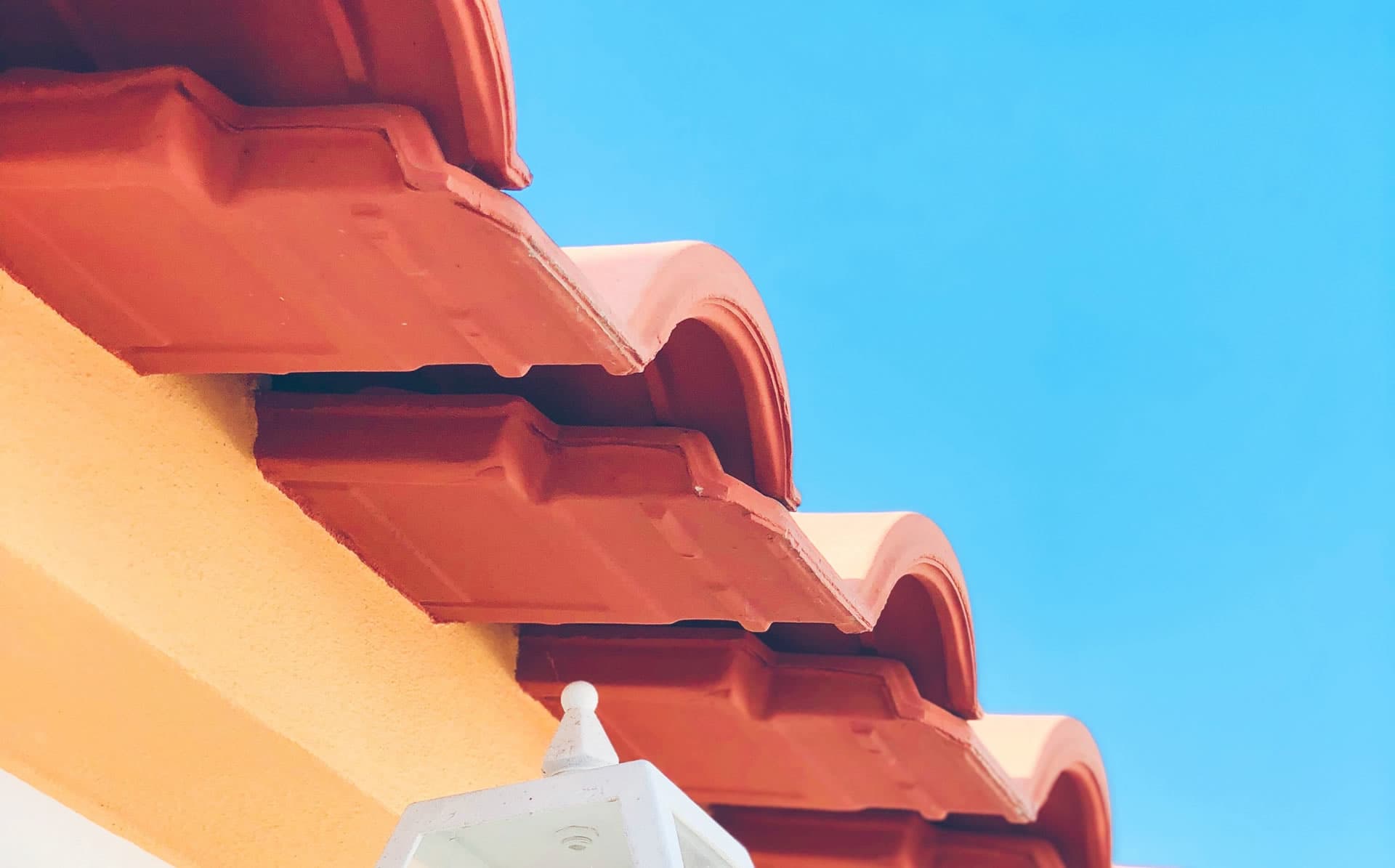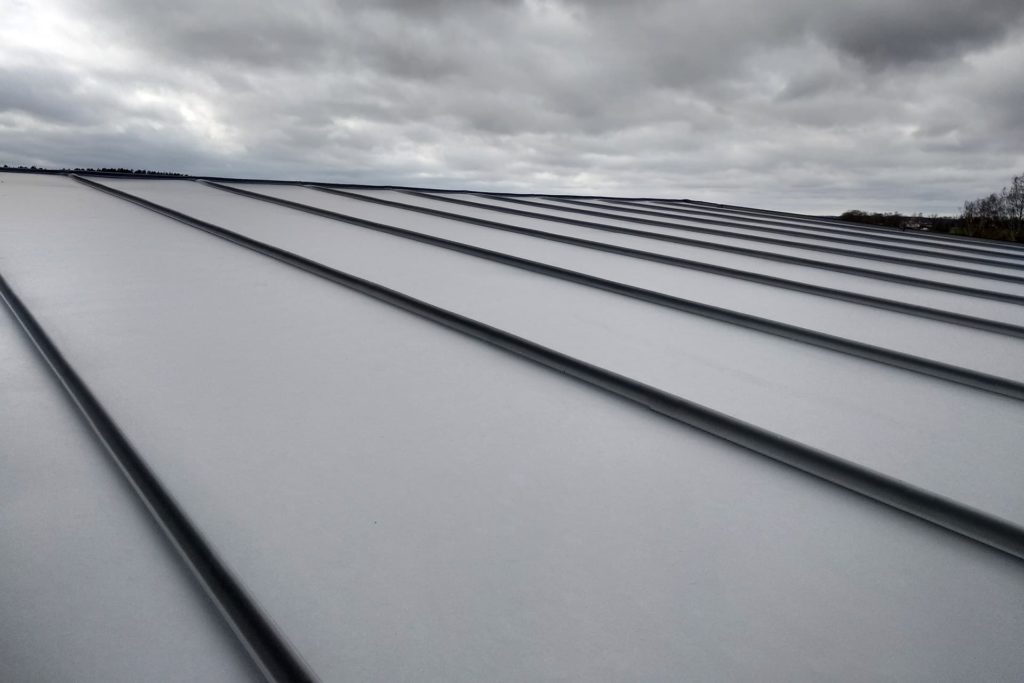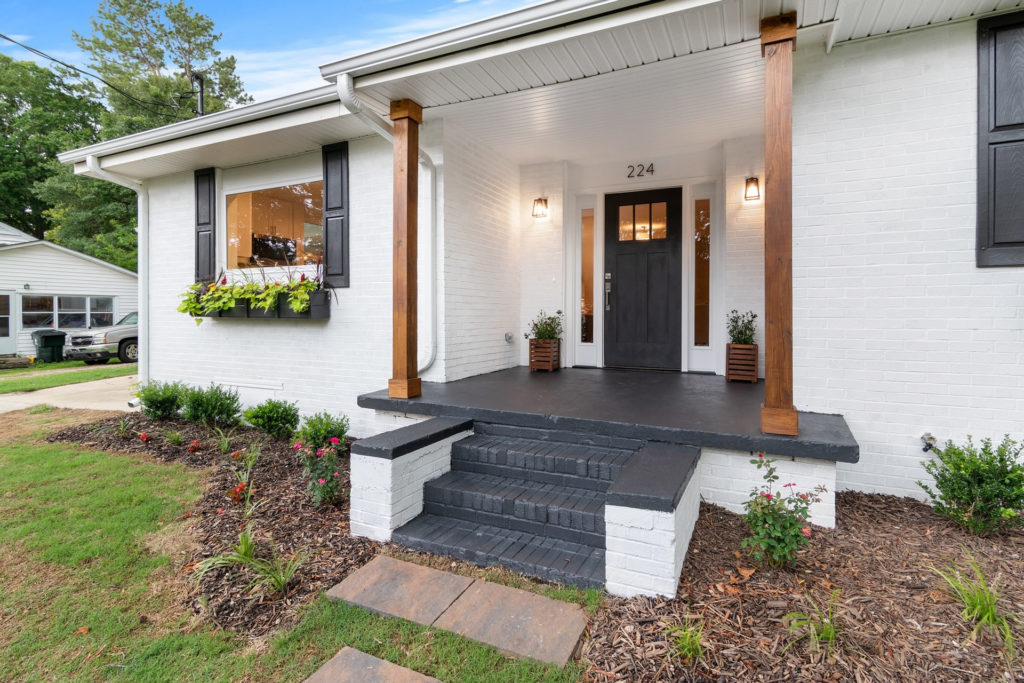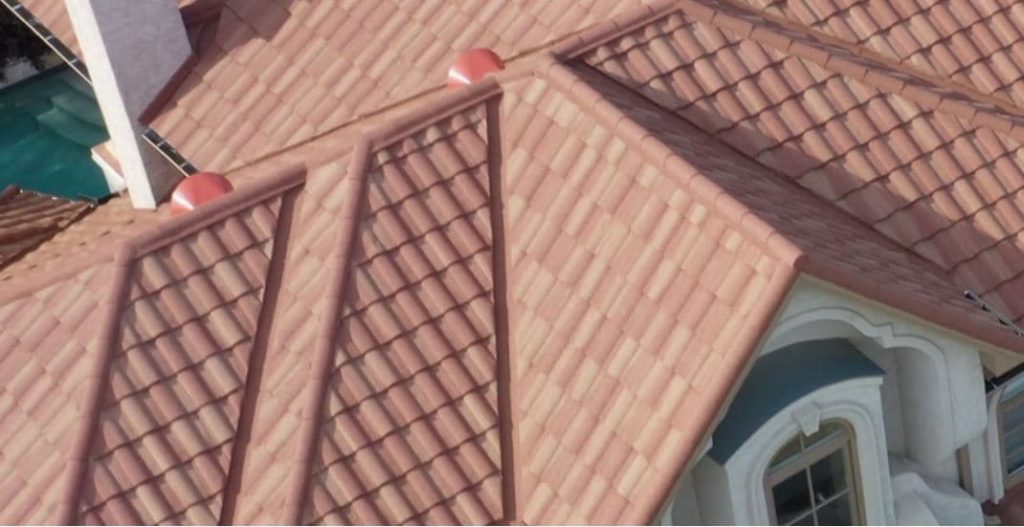Tile or shingle are both great choices for different reasons, and both have their pros and cons.
Below are some things to consider:
Aesthetics
The most commonly used roofing material is shingles. They are installed by overlapping one shingle over another. Depending on the type and brand of shingle chosen, the appearance can be varied. Thicker shingles look more like slate and add dimension to a roof, while thinner shingles give a roof a flatter appearance. Shingles come in a wide variety of colors and textures, but the basic appearance is limited.
Tile roofs, on the other hand, are much more versatile when it comes to design. Especially in the South, the most commonly seen tile roof consists of classic clay that is laid in a rounded “S” pattern. However, the materials used to tile a roof can be made of concrete and metal as well. Tiles come in a wider range of versatility than shingles, including various patterns, colors and shapes. Tiles come in the classic “S” pattern, half-round, slate-look, ridged and more. If you are looking really customize the look of your roof, tile may be the better option.
Installation Process
By far, asphalt shingles are the easiest to install. As long as the roof itself is in good condition, the process can move very quickly. A felt underlayment is put into place, followed by the overlapping shingles which are nailed down and sealed.
Tiles take more preparation before installation and more time to install after the surface has been prepared. Because of the weight of the tile, the roof first has to be reinforced before the felt underlayment can be placed. Installation of the tile itself is much slower and more complicated than shingles. Depending on the pattern chosen, it can take several days to complete the process. Some patterns use interlocking tiles which speeds up the process. However, the traditional “S”, ridge and scallop patterns have to be cemented down one at a time. You can understand why this process would take much longer.
Weight
Since asphalt shingles are relatively lightweight, they can be installed on almost any roof. On the other hand, tile can be very heavy, depending on the material used. The lightest tiles are made of composite, while metal and clay tiles are heavier. In the end, ALL tile roofs weigh more than a shingle roof and require some degree of roof reinforcement. Roof reinforcement can dramatically increase the cost of your roof installation, and in some cases a roof cannot be reinforced. Sometimes a shingle roof is simply the best choice.
Affordability
Shingles are much less expensive than tile to purchase and install. As of 2022, the cost per square of asphalt/composition shingle ranges between $100- $150, the per bundle cost is between $30-$50. Whereas clay tiles run between $800-$1,800 per square or $270-$600 per bundle.* While both types of roofs will also incur additional expenses for labor, tearing off the old roof, felt and other supplies, tile roofs also require the reinforcement of the roof.
Climate
The most commonly used roofing material in the United States is asphalt shingles. It is popular because it has been proven to do well in all types of climates. Tile roofs are seen more often in the south because clay tiles do not handle freezing temperatures as well. As an alternative, tile roofs made from newer composites and metal can be installed regardless of the climate. Another consideration is that the lifespan of both tile and shingle roofs can be shortened in regions that experience very dry, hot weather. That is why it is always best to consult with a professional roofer about which type of roof suits your climate the best.
Durability
In general, a well-kept tile roof will outlive a shingle roof by many, many years – decades even! Depending on the material and how well the roof is maintained, a tile roof can last between 25-100 years. Metal and composite tile have the longest life. If an asphalt shingled roof is taken care of, it should last between 15-30 years. This of course, depends on the thickness of the shingle.
Maintenance
When a roof is properly installed by a reputable, professional roofing company, there is very little maintenance that needs to be done on a roof – whether tile or shingle. Yearly inspections should be made to check for missing, cracked or broken tiles or shingles. Since walking on clay tiles could cause them to break, it is better to hire a professional to check for damage. If damage is found, it should be fixed as quickly as possible, so the damage does not spread. A pressure washer should NEVER be used on either type of roof.
The Environment
Shingles have pros and cons when it comes to eco-friendliness. On the one hand, asphalt shingles get their water resistance by using a petroleum-based derivative, so they cannot be considered a green choice. On the other hand, white reflective shingles can help lower the temperature of your home which reduces energy costs. Tiles are the eco-friendlier choice since most of the materials that go into the tiles can be recycled. Also, tile roofs last longer and reduces landfill waste.
House Value
Any type of new roof will increase the value of your home when it is time to sell, so it makes a great investment!
*https://www.homeadvisor.com/cost/roofing/shingle-roof-estimator/#shingles-prices-per-bundle/square









0 Comments